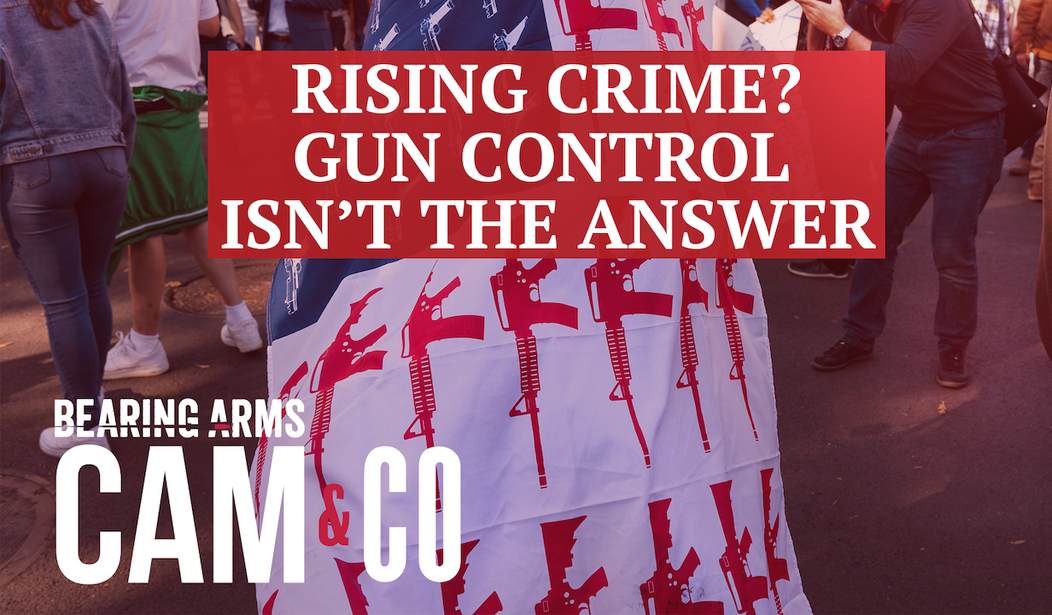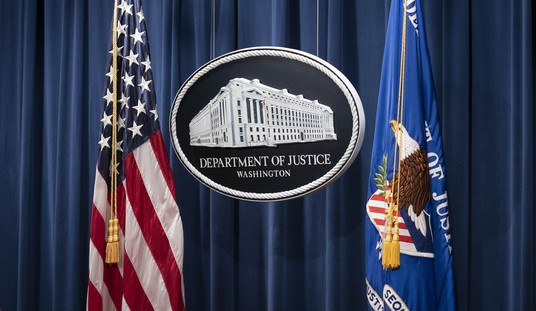It looks like 2020 could end with the highest one-year increase in the number of homicides since at least 1960, and you know that anti-gun activists will seize on that figure to push their gun control agenda at both the state and federal level in 2021. On today’s Bearing Arms’ Cam & Co. we dig into the statistics and latest research to explain why restricting the rights of law-abiding citizens isn’t going to impact the most violent criminals among us, and won’t lead to safer neighborhoods in cities plagued by violent crime.
Final national murder update of 2020:
Murder up 36.7% in 57 agencies with data through at least September (though most have data through November). Murder up in 51 of 57, 37 of 58 agencies reporting murder up more than 30%.
Spreadsheet here: https://t.co/vEhKHuFNrY pic.twitter.com/5HgVmwGmDS
— Jeff Asher (@Crimealytics) December 29, 2020
This thread by crime analyst Jeff Asher is very interesting, in part because it reveals that the surge in violence hasn’t been the same for every U.S. city. It’s perhaps not surprising to see the homicide rate increase by 72% in Minneapolis after the riots and demands to defund the police, but the 95% increase in homicides in Milwaukee is a little shocking, as is the 68% increase in murders in the Denver suburb of Aurora, Colorado.
On the other hand, Oklahoma City has bucked the nationwide trend, with homicides down 20% through the end of September. According to the “more guns, more crime” hypothesis, that shouldn’t have happened, because not only has Oklahoma (like every other state in the Union) seen a huge number of guns sold this year, the state’s Constitutional Carry law was in effect for the entire calendar year. While Tulsa, Oklahoma did see an increase in homicides, Oklahoma City’s had one of the safest years in recent memory. The gun laws are virtually identical in both cities, but the homicide rates are very different, which should be a clue about the effectiveness of gun control laws in terms of reducing violent crime.
Former Baltimore police officer Peter Moskos, who’s now a criminal justice professor at John Jay College, has put together an online symposium of sorts called the Violence Reduction Project, which features over a dozen academics, researchers, and law enforcement officials giving their answers to the question of how to ensure that 2021 isn’t as violent as 2020 has been. While reading through what these experts had to say, I was pleasantly surprised that traditional gun control policies like bans on “assault weapons” or “large capacity” magazines weren’t really on the radar of anyone who responded. In fact, even a piece by University of Nebraska-Omaha professor Justin Nix entitled “Fewer Guns, Fewer Shootings” ended up not being a call for large-scale efforts to reduce legal gun ownership.
Instead, Nix’s idea is to revive a program that was in place in St. Louis back in the early 1990s called “Consent to Search.”
At a St. Louis community meeting in 1993, a frustrated mother who suspected a nearby home was being used by teenagers to stash guns asked the police, “Why don’t you just knock on the door and ask the mother if you can search the house?” (Decker & Rosenfeld, 2004:1).
From this suggestion, the Consent to Search Program was born. The St. Louis Police Department’s Mobile Reserve Unit, a small group led by Sergeant Simon Risk, simply knocked on doors in neighborhoods plagued by gun violence and asked parents if they could search the homes for guns. Sergeant Risk developed a “consent to search and seize” form which promised that although officers would seize any illegal property they found, they would not make any arrests.
The program’s initial success was promising to say the very least. In 1994, 98% of parents who were asked for consent to search their home granted it, and the Mobile Reserve Unit ultimately seized 402 guns that year. So why was it abandoned? The short answer is politics.
Like Nix’s plan, the vast majority of the proposals offered by the Violence Reduction Project involve focused efforts on the most violent offenders, the neighborhoods with the highest crime rates, or both. With a finite number of police officers to deal with violent crime, it makes sense to concentrate on strategies that offer the best chance to meaningfully reduce violence, and things like universal background check laws or bans on high-capacity magazines are both incredibly difficult to enforce and not particularly useful. Even NYPD Commissioner Dermot Shea has acknowledged this, telling reporters that the department’s new strategy is going to focus on people pulling the trigger, rather than trying to arrest everyone who’s carrying without a license.
When gun control activists inevitably start pointing their fingers at 2020’s crime spike as a reason for more gun control laws, we can point out that some of the biggest increases in homicide rates were in cities like New York that already have extensive gun control laws. We can also point out that many criminal justice researchers and law enforcement officials themselves prefer strategies and tactics that use focused deterrence to reduce crime instead of trying to ban or arrest our way to safety through widespread enforcement of non-violent, possessory offenses.
That doesn’t mean that these cops and academics are staunch Second Amendment advocates, by the way. Many of them are not, but they still recognize that gun bans; restrictive licensing laws; and the like aren’t the best way to drive down the crime rate. For that, you need to focus on the violent criminals in any given city, not the law-abiding citizens and legal gun owners.









Join the conversation as a VIP Member